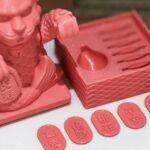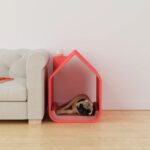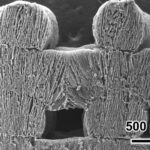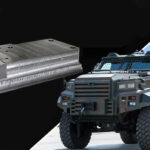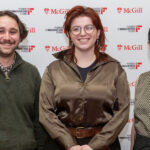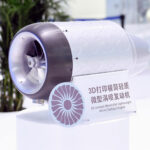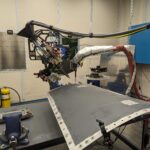Fused Deposition Modeling (FDM) 3D printing often grapples with structural weaknesses stemming from its layer-by-layer approach. In a bid to fortify printed parts and optimize material usage, Michael Wüthrich spearheaded a pioneering initiative. Wüthrich’s method, showcased through a modified Prusa Mini printer, adapts traditional FDM techniques.

The core concept involved utilizing PETG as a foundational layer, leveraging its non-planar attributes. Subsequently, PLA was intricately printed atop the PETG base, yielding fully non-planar parts on both sides. This ingenious approach not only bolstered part strength but also offered material savings, a coveted advantage in the 3D printing realm.
To realize this innovation, Wüthrich navigated technical challenges, including nozzle clearance modifications. By integrating the E3D Revo belt nozzle and crafting custom holders, the printer was primed for non-planar printing. Notably, this endeavor demanded meticulous attention to detail, with Wüthrich circumventing the absence of slicer support through manual intervention.
Although non-planar FDM printing had been previously explored, Wüthrich’s endeavors marked a significant leap forward. His pioneering work not only showcased the feasibility of non-planar printing but also highlighted the pressing need for slicers capable of handling such complex tasks.
Source: hackaday.com
Come and let us know your thoughts on our Facebook, X, and LinkedIn pages, and don’t forget to sign up for our weekly additive manufacturing newsletter to get all the latest stories delivered right to your inbox.


